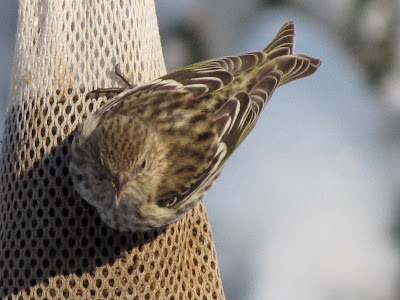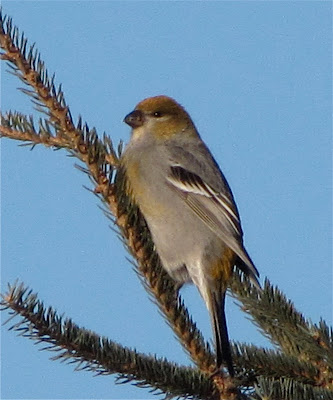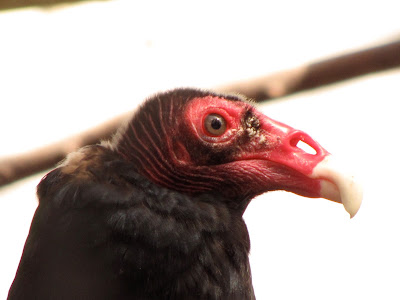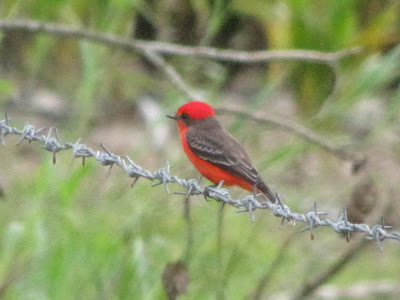

Scientific Name: Carpodacus Purpureus
Population Estimate: 3M
Range / Habitat: It is included in the finch family, Fringillidae, which is made up of passerine birds found in northern hemisphere and Africa. Their breeding habitat is coniferous and mixed forest in Canada and the northeastern United States, as well as various wooded areas along the U.S. Pacific coast.
Field Notes: This species and the other "American rosefinches" are placed in the genus Haemorhous by the American Ornithologists' Union but have usually been included in Carpodacus. The plumage of both males and females are darker, and the coloration of the females is more greenish.Adults have a short forked brown tail and brown wings and are about 15 cm (4 in) in length and weigh 34 g (1.2 oz).Adult males are raspberry red on the head, breast, back and rump; their back is streaked. Adult females have light brown upperparts and white underparts with dark brown streaks throughout; they have a white line on the face above the eye.
Personal Notes:
Population Estimate: 3M
Range / Habitat: It is included in the finch family, Fringillidae, which is made up of passerine birds found in northern hemisphere and Africa. Their breeding habitat is coniferous and mixed forest in Canada and the northeastern United States, as well as various wooded areas along the U.S. Pacific coast.
Field Notes: This species and the other "American rosefinches" are placed in the genus Haemorhous by the American Ornithologists' Union but have usually been included in Carpodacus. The plumage of both males and females are darker, and the coloration of the females is more greenish.Adults have a short forked brown tail and brown wings and are about 15 cm (4 in) in length and weigh 34 g (1.2 oz).Adult males are raspberry red on the head, breast, back and rump; their back is streaked. Adult females have light brown upperparts and white underparts with dark brown streaks throughout; they have a white line on the face above the eye.
Personal Notes:















































